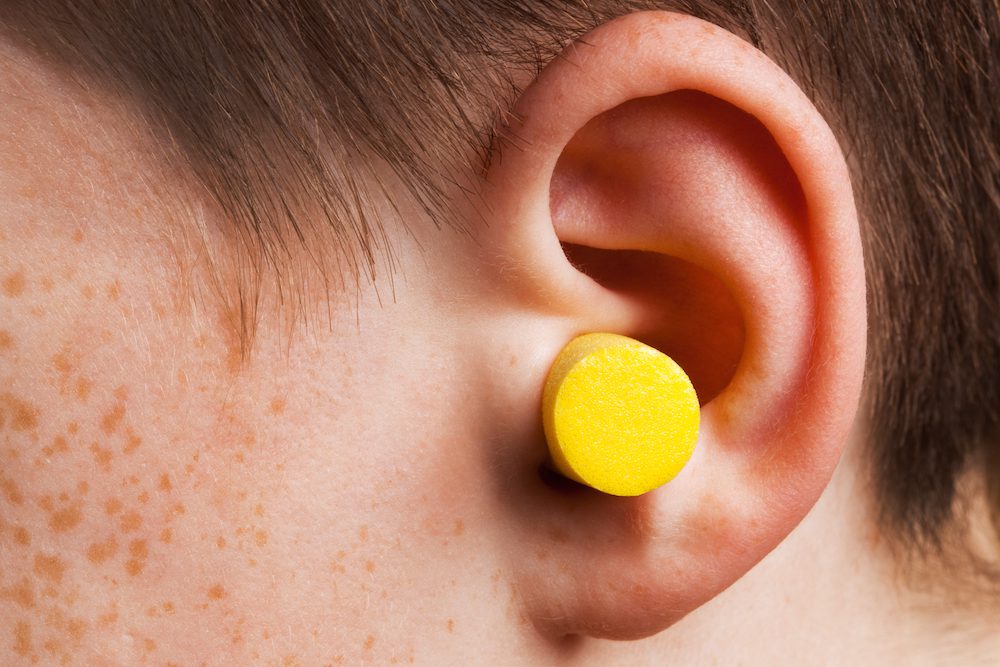
For something as important as hearing health, Americans are notorious for not paying the right amount of attention to hearing challenges and issues, often leaving diagnosis and detection of potential issues until much later in life, when solutions possibilities may not be as diverse or enjoy the same amount of efficacy, had the problems been found earlier.
A huge part of the problem exists in those individuals that don’t really understand the implications of working in high noise environments or the young who frequent nightclubs or music festivals where the decibel count is reaching staggering new heights.
Added to that, many people who do make use of hearing protection are either not using the protection as instructed, or are not using the correct type of hearing protection for the environment that they find themselves in.
So, bearing all of that in mind, we’re going to take a look at three of the essential elements that one must be aware of when choosing, using and considering which hearing protection devices are the most appropriate and it is to that thought that we’ll be discovering three of the most important things that you should understand about hearing protection.
Wearing The Incorrect Type of Protection
If you work in construction, mining or a high noise environment like warehouses or manufacturing spaces, then you absolutely have to ensure that the ear protection your company provides you, is the type intended for that sort of environment and the correct level of coverage and protection.
For example, some types of hearing protection like expanding plugs can offer up to 100% noise reduction, but this may not be suitable in an environment where you still need to be aware of what is happening around you and 100% noise reduction plugs can cause issues with situational awareness and some user report losing balance after extended use.
However, earmuffs offer solid protection in environments where intermittent sound or noise is an issue. They’re easy to put on and take off and more advanced versions of the product also have radio communication capabilities.
Earplugs, though effective is also very easy to lose and remove but can be tricky inserting and users are cautioned to learn how to use them effectively, so as not to cause any damage.
Finding the Right Protection for Your Body or Head Size and Type
Many people are often surprised when advised to consider their individual anatomy and shape of their heads, size of their ears – but when you think about it, it makes perfect sense. Because if a man has a dense beard or long thick hair, then earmuffs might not be able to make a decent seal, effectively rendering them ineffective.
If you have small ear canals, then the one size fits all earplugs, may not fit all after all and users have reported experiencing discomfort or even pain trying to squeeze plugs that are ultimately too large, into smaller ear canals.
The reality is that if you work in an environment of constant noise, continual humming or in areas like airfields or military testing venues, then custom made and fit ear protection should be high up on your responsibility list.
Maintenance Matters
Hearing devices, just like all other types of devices or gadgets are all subject to wear and tear considerations, so you must regularly check your hearing protection devices for signs of damage, as damaged equipment can ruin the efficacy of that device rendering it effectively useless.
The reduced capability of hearing protection, while not as bad as not wearing any, is still not going to take care of your ears and may just delay the inevitable if not attended to in good time and properly.
Your hearing protection should always be kept clean and clear of wax build-up. Wax build-up that is left uncleaned can, in turn, attract bacteria which may well lead to infections and more serious issues down the line. When your earmuffs cushions lose their flexibility, it is time to replace them and remember to make sure that your replacements are fit for purpose.
You must carry out regular maintenance on your hearing protection devices, and if you need help or advice doing so, then a visit to your audiologist should be high up on your priority list. They will offer advice and instruction on how to care for your hearing protection properly and further advise on the correct hearing protection for you.
To learn more about Professional Hearing Solutions call us today at (386) 478-7345.



